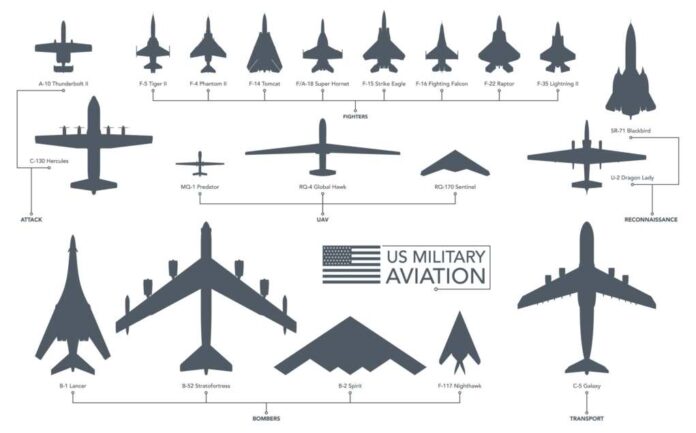
The United States delivers combat training planes to Vietnam, marking a significant milestone in their defense partnership since the Cold War.
At a Glance
- Five Beechcraft T-6C Texan II aircraft arrived at an air base in Phan Thiet, Vietnam
- This is Vietnam’s first direct purchase of non-drone aircraft from the U.S. since 2016
- The delivery comes amid rising tensions with China in the South China Sea
- Seven more aircraft are scheduled for delivery by next year
- The move signifies a strengthening U.S.-Vietnam defense relationship
Historic Defense Cooperation
In a significant move that underscores the evolving U.S.-Vietnam defense partnership, the United States has delivered its first military training aircraft to Vietnam since the Cold War. Five Beechcraft T-6C Texan II aircraft touched down at an air base in Phan Thiet, Vietnam, marking a pivotal moment in the two nations’ military cooperation. This delivery represents Vietnam’s first direct purchase of non-drone aircraft from the U.S. since the arms sales ban was lifted in 2016.
🚨Woo hoo! I was 🇺🇸US Air Attache to 🇻🇳#Vietnam from 2013-16 & this was my obsession. Building a real military relationship with Vietnam had to start somewhere & training aircraft seemed perfect. It took a decade but it's deeply gratifying to see it finally happen. https://t.co/04RzUhOWKN
— Ray Powell (@GordianKnotRay) November 21, 2024
The aircraft delivery comes at a crucial time, as tensions in the South China Sea continue to escalate, particularly over the disputed Paracel Islands. This strategic move not only enhances Vietnam’s air force capabilities but also sends a clear message about the strengthening ties between the two former adversaries.
Modernizing Vietnam’s Air Force
The T-6C Texan II aircraft are intended to significantly improve Vietnam’s air force pilot training program. Textron Aviation Defense, the manufacturer of the aircraft, describes it as a “next-generation military trainer designed for all levels of instruction.” This advanced training capability is crucial for Vietnam as it seeks to modernize its military and enhance its defensive posture in the region.
“These activities generate confidence and trust between our nations,” said Jedidiah P. Royal, emphasizing the importance of such collaborations in fostering regional stability. The delivery of these aircraft is part of a larger order, with seven more scheduled to arrive by next year. This phased approach allows for a gradual integration of the new technology into Vietnam’s existing air force infrastructure and training programs.
Shifting Defense Partnerships
Vietnam’s acquisition of U.S. military aircraft represents a significant shift in its defense procurement strategy. Historically reliant on Russian military hardware, Vietnam has been diversifying its defense imports in recent years. This change is partly due to the poor performance of Russian systems in Ukraine and the need for more modern defense strategies to address regional security challenges.
“Vietnam’s participation in the Aviation Leadership Program is a tremendous milestone for the U.S. Air Force and Vietnam Air Defense-Air Force collaborative relationship. This partnership helps ensure peace and stability in the region and in the world,” stated Lt. Gen. Steve Kwast, highlighting the importance of this cooperation.
The delivery of these aircraft is not an isolated event but part of a broader trend of deepening U.S.-Vietnam defense cooperation. This includes joint military exercises, maritime security collaboration, and efforts to address the legacies of the Vietnam War, such as unexploded ordnance removal and accounting for missing personnel.
Looking Ahead
As Vietnam continues to modernize its military and expand its defense capabilities, the partnership with the United States is likely to grow stronger. The delivery of the T-6C Texan II aircraft is just one aspect of this multifaceted relationship. Both nations are committed to enhancing regional security and stability, with a focus on freedom of navigation and respect for international law in the South China Sea.
“Respect for sovereignty and international law, the free flow of commerce and ideas, freedom of navigation in the skies and on the seas, equal dignity for every person and peaceful resolution of disputes through dialogue, not coercion or conflict,” emphasized Jedidiah P. Royal, outlining the shared principles guiding this partnership.
As the U.S.-Vietnam defense partnership continues to evolve, it will likely play a crucial role in shaping the security landscape of Southeast Asia. The successful delivery of these aircraft marks a new chapter in this relationship, one that promises to bring greater stability and cooperation to the region.














